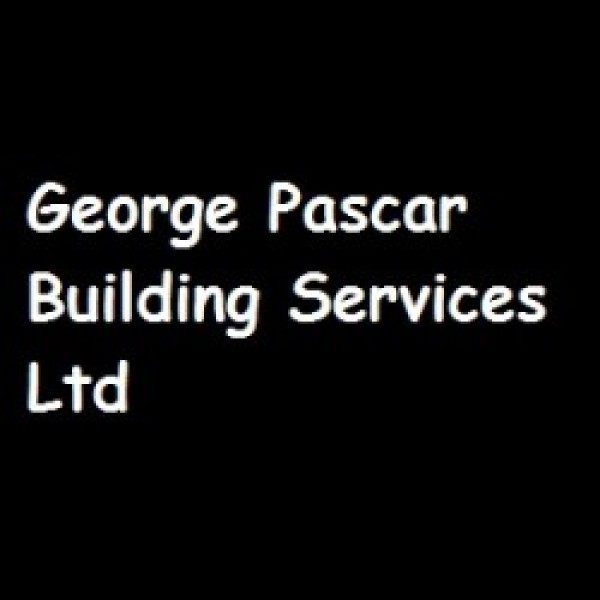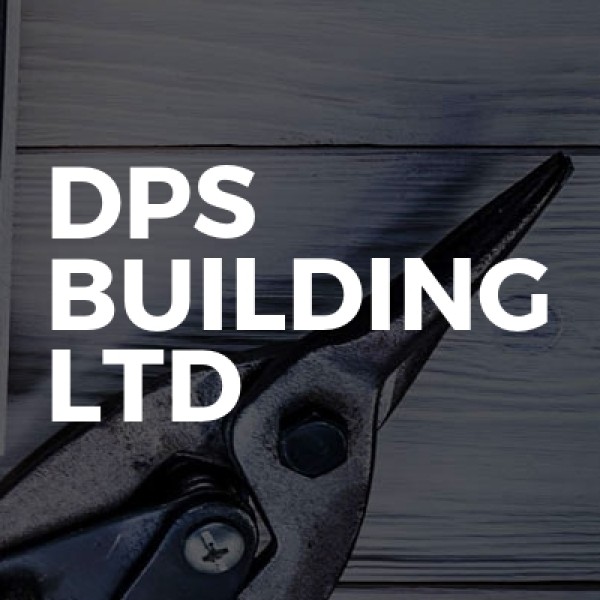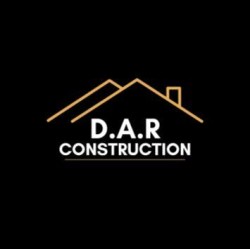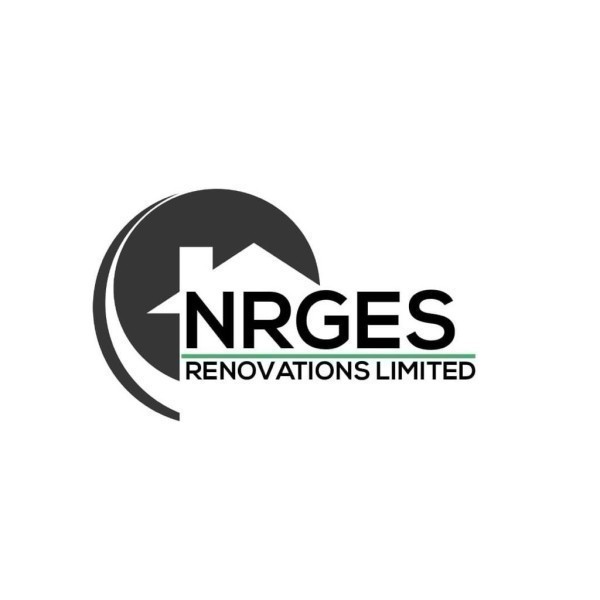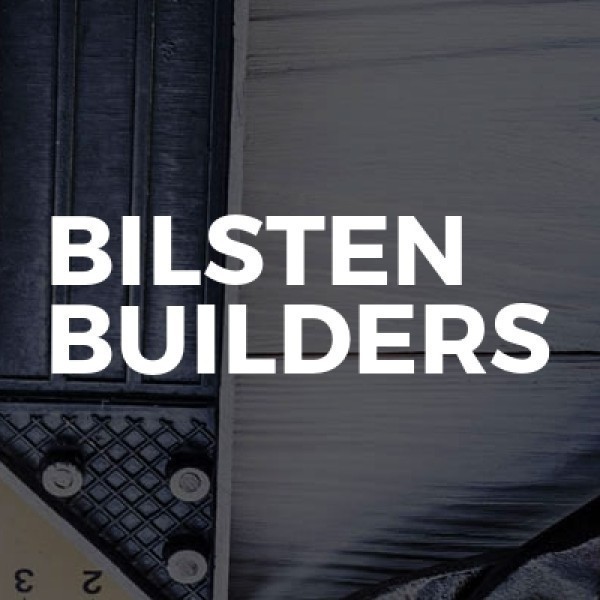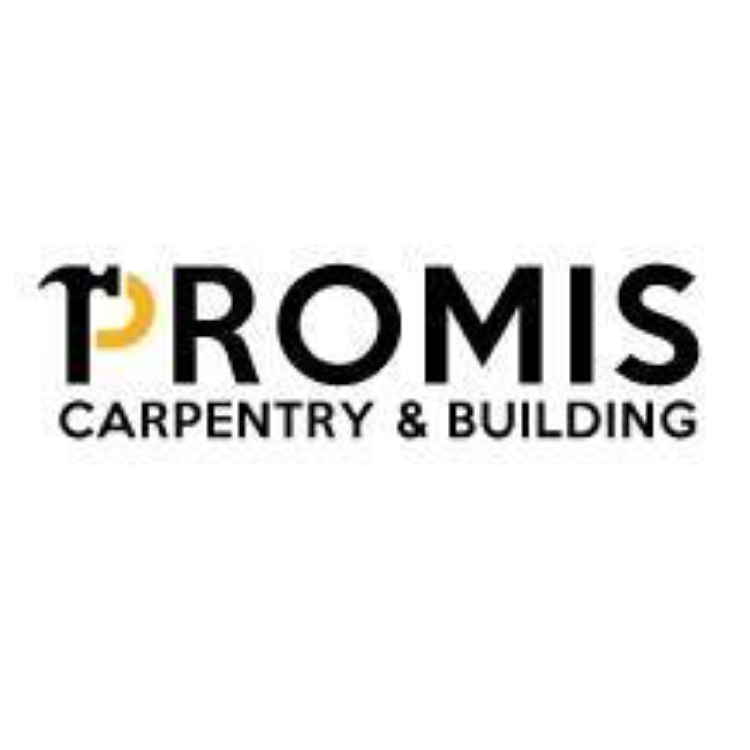Kitchen Fitters in Islington
Filter your search
Post your job FREE and let trades come to you
Save time by filling out our simple job post form today and your job will be sent to trades in your area so you can sit back, relax and wait for available trades to contact you.
Post your job FREESearch Kitchen Fitters in places nearby
Introduction to Kitchen Fitters in Islington
When it comes to transforming your kitchen into a space that's both functional and stylish, hiring professional kitchen fitters in Islington can make all the difference. These skilled craftsmen bring expertise and precision to every project, ensuring your kitchen not only looks great but also meets your specific needs. Whether you're planning a complete renovation or just a few updates, understanding the role of kitchen fitters and what they offer is essential.
The Role of Kitchen Fitters
Kitchen fitters are specialists who install kitchen units, appliances, and fixtures. They work with a variety of materials and designs to create a cohesive and efficient kitchen space. Their responsibilities include measuring the area, cutting and fitting worktops, installing cabinets, and ensuring all plumbing and electrical work is safely completed. With their help, you can achieve a kitchen that is both beautiful and practical.
Why Choose Kitchen Fitters in Islington?
Islington, known for its vibrant community and stylish homes, demands a high standard of craftsmanship. Kitchen fitters in Islington are familiar with the local architecture and design trends, allowing them to tailor their services to suit the unique character of your home. Their local knowledge and experience ensure that your kitchen renovation is seamless and stress-free.
Planning Your Kitchen Renovation
Before diving into a kitchen renovation, it's crucial to have a clear plan. This involves setting a budget, deciding on a style, and understanding the scope of work required. Kitchen fitters in Islington can assist in this planning phase, offering valuable insights and suggestions to help you make informed decisions.
Setting a Budget
Determining a budget is one of the first steps in any renovation project. Consider the cost of materials, labour, and any additional expenses such as permits or unexpected repairs. Kitchen fitters can provide estimates and help you prioritise your spending to ensure you get the most value for your investment.
Choosing a Style
Your kitchen should reflect your personal taste and complement the rest of your home. Whether you prefer a modern, minimalist look or a cosy, traditional style, kitchen fitters can help you select materials and designs that align with your vision. They can also suggest innovative solutions to maximise space and functionality.
Understanding the Scope of Work
It's important to have a clear understanding of what your renovation will entail. This includes the timeline, the extent of demolition required, and any structural changes. Kitchen fitters in Islington will outline the process and keep you informed every step of the way, ensuring there are no surprises.
Finding the Right Kitchen Fitters in Islington
Choosing the right professionals for your kitchen renovation is crucial to its success. Here are some tips to help you find the best kitchen fitters in Islington.
Research and Recommendations
Start by researching local kitchen fitters online and reading reviews from past clients. Word-of-mouth recommendations from friends or family can also be invaluable. Look for fitters with a strong reputation for quality work and customer satisfaction.
Checking Credentials
Ensure that the kitchen fitters you consider are fully qualified and insured. This protects you in case of any accidents or issues during the renovation. Ask for proof of credentials and don't hesitate to verify them with relevant trade associations.
Requesting Quotes
Obtain quotes from several kitchen fitters to compare prices and services. Be wary of quotes that seem too good to be true, as they may indicate subpar materials or workmanship. A detailed quote should include all aspects of the project, from materials to labour costs.
The Installation Process
Once you've chosen your kitchen fitters, the installation process begins. This involves several stages, each requiring careful attention to detail.
Preparation and Demolition
The first step is preparing the space by removing old fixtures and appliances. This may involve some demolition work, which should be carried out safely and efficiently. Kitchen fitters will ensure that the area is ready for the new installation.
Installing Cabinets and Worktops
With the space prepared, the next step is installing cabinets and worktops. This requires precision to ensure everything fits perfectly and functions as intended. Kitchen fitters will handle this with expertise, ensuring a seamless finish.
Plumbing and Electrical Work
Installing sinks, taps, and appliances involves plumbing and electrical work. Qualified kitchen fitters will ensure that all connections are safe and compliant with regulations. This is crucial for the long-term functionality and safety of your kitchen.
Customising Your Kitchen
One of the benefits of working with kitchen fitters is the ability to customise your kitchen to suit your needs and preferences.
Choosing Materials
From countertops to cabinet finishes, the materials you choose will impact the look and durability of your kitchen. Kitchen fitters can guide you in selecting high-quality materials that fit your budget and style.
Incorporating Innovative Features
Modern kitchens often include innovative features such as soft-close drawers, integrated lighting, and smart appliances. Discuss these options with your kitchen fitters to enhance the functionality and appeal of your kitchen.
Maximising Space
In Islington, where space can be limited, making the most of every inch is essential. Kitchen fitters can suggest clever storage solutions and layout designs to maximise your kitchen's potential.
Maintaining Your New Kitchen
Once your kitchen renovation is complete, proper maintenance is key to preserving its beauty and functionality.
Regular Cleaning
Keep your kitchen looking its best with regular cleaning. Use appropriate cleaning products for different surfaces to avoid damage. Kitchen fitters can recommend the best products for your specific materials.
Addressing Repairs Promptly
Address any repairs or maintenance issues as soon as they arise to prevent further damage. This includes fixing leaks, replacing worn-out seals, and maintaining appliances.
Scheduling Professional Inspections
Consider scheduling periodic inspections by professional kitchen fitters to ensure everything remains in good working order. They can identify potential issues before they become major problems.
Frequently Asked Questions
- How long does a kitchen renovation take? The duration of a kitchen renovation varies depending on the scope of work. On average, it can take anywhere from a few weeks to a couple of months.
- What should I consider when choosing kitchen materials? Consider durability, maintenance, and style when selecting materials. Kitchen fitters can provide guidance based on your needs and budget.
- Can I live in my home during the renovation? While it's possible to live in your home during a kitchen renovation, it may be inconvenient. Discuss this with your kitchen fitters to plan accordingly.
- Do kitchen fitters handle plumbing and electrical work? Yes, qualified kitchen fitters can manage plumbing and electrical work as part of the installation process.
- How do I maintain my new kitchen? Regular cleaning, prompt repairs, and professional inspections are key to maintaining your kitchen.
- Are kitchen fitters in Islington familiar with local design trends? Yes, local kitchen fitters are knowledgeable about Islington's design trends and can tailor their services to suit your home's style.
In conclusion, hiring kitchen fitters in Islington is a wise investment for anyone looking to enhance their kitchen's functionality and aesthetic appeal. With their expertise, you can achieve a kitchen that not only meets your needs but also adds value to your home. By planning carefully, choosing the right professionals, and maintaining your new kitchen, you can enjoy a beautiful and efficient space for years to come.




